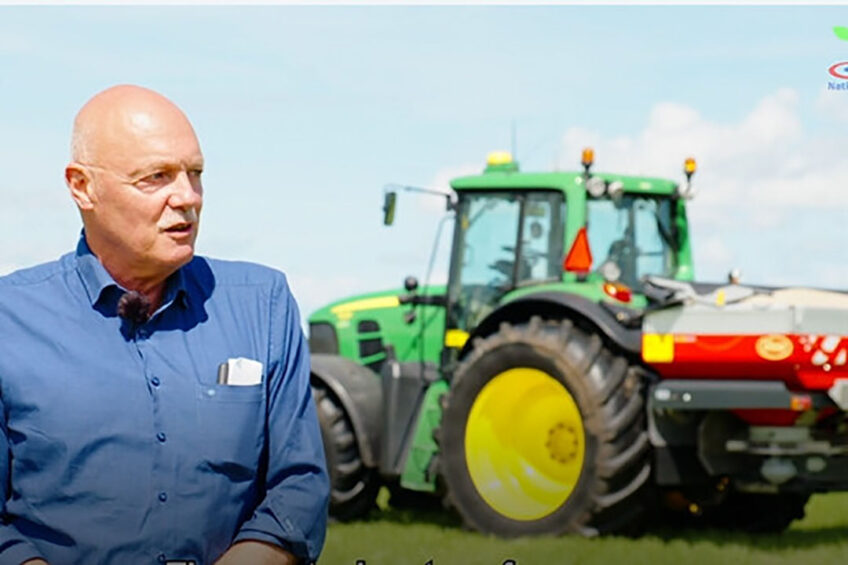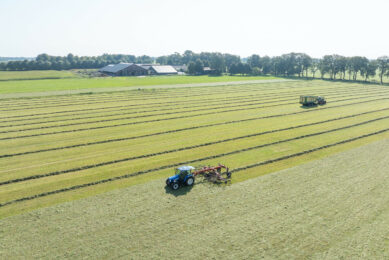VIDEO: Precision technology for better yields and production

In a recent video, the NPPL team visited the van Velde dairy farm in Groningen province, the Netherlands. Here they take a look at fertilisation strategies and the advantages it offers.
Since 2019 Ad and Anette van Velde from a dairy farm based in Het Hogeland, Groningen province, have been members of the NPPL: the Nationale Proeftuin Precisie Landbouw (National Experimental Garden for Precision Farming). The NPPL project looks at manure, fertiliser, and the application of cow manure.
One of van Velde’s main goals is increasing and improving roughage production on-farm. By doing so, he explores using sensors and other precision agriculture technology. Van Velde also explores yield data to improve the fertilisation on his farm and to bring increased focus on sustainability and biodiversity.
Van Velde says, “I believe that precision agriculture is and will become a very sound method for further optimisation of the farm. When it comes to feeding, we fine-tune everything and we will do the same with our land.”

Within this framework there are different fertilisation strategies on-farm, explains Frank Hollewand, researcher and expert precision farming at NPPL. According to Hollewand, as shown in the video below, these are broken down into:
1. Variable fertiliser spreading
This is possible with more modern fertiliser spreading to improve fertiliser application on the land. One way is to optimise fertiliser application within a plot so the areas with less yield will receive less fertiliser and the areas with higher expected yield will receive more fertiliser so that overall a yield can be gained. On the other hand, reducing fertiliser is also a factor during spreading while trying to keep the yield the same, this will save money and fertiliser, he says.
2. Manure spreading using NIR sensors
Here the sensor is mounted on the fertiliser machine and measures nitrogen, phosphate, potassium and the measures cubic metres. Manure is then distributed as evenly as possible.
3. Using plot divider, which is a tool to distribute manure optimally
With this tool the farmer should indicate what the intended use is of the plot, is it for: continuous mowing, mow first then graze or for feeding in the barn. With these considerations kept top of mind, fertilisation can then be adapted, says Hollewand. For example if the plot is for continuously mowing then more fertlisation will be needed than when grazing takes place. With the plot divider the history of the land is also considered – for instance the plot will need more manure if it was used for arable farming before than when it has been grassland.

A main advantage of fertiliser spreading, van Velde says “is the result of spreading less on the field edges. If we have a clear picture of this…perhaps it even leads to a higher yield.
I think that, in time, we will move towards using less artificial fertiliser and even better use of manure. So we simply need to get a lot more data from the plots, we know far too little about the land that is why we are using precision fertilisation.
I have no doubt about it, many arable farmers are doing it and that is also the way forward for livestock farming.
Watch the interactive video here:
To find out more about NPPL, click here.
Join 13,000+ subscribers
Subscribe to our newsletter to stay updated about all the need-to-know content in the dairy sector, two times a week.










